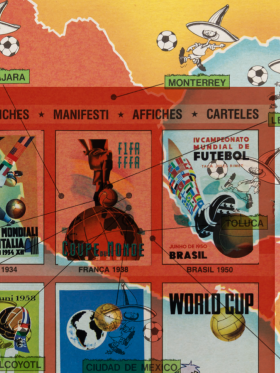
Author of a PhD thesis, at the University of São Paulo, on the election of João Havelange as FIFA president, in 1974, Luiz Guilherme Burlamaqui knows this institution well. In this article, he traces a brief history of the transformations the institution has seen throughout its history.
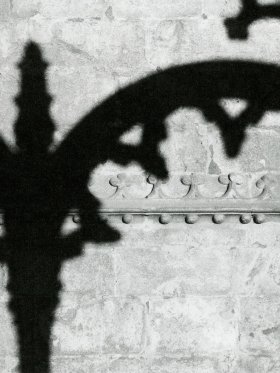
In the Museu da Cidade in Lisbon, there is a meticulous model of Lisbon prior to the 1755 earthquake, made by Ticiano Violante under the guidance of Gustavo de Matos Sequeira, a specialist in Lisbon’s history. The power of this reconstruction of a mythical past is outweighed only by the force that cast us into the chasm of the irretrievable. It epitomises the ambivalence inherent to many representations of cities: on the one hand, a salvaging of historical facts designed to reconstitute a particular point among the different sedimentations of the urban space, thus facilitating future investigations; on the other hand, the dark presence of destructive forces.
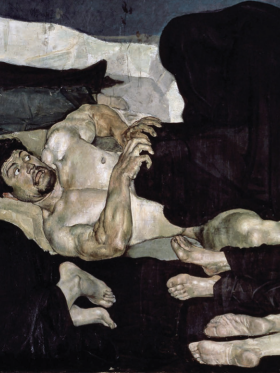
Two centuries after his birth, Gustave Flaubert is still questioning both literature and his readers. It is as if the passage of time has made sense of these questions, bringing them up to date and making them more incisive. In her analysis of a central episode in the novel Madame Bovary, Ana Rocha projects what she reads onto a screen and, in the end, the image that we see is that of Flaubert.
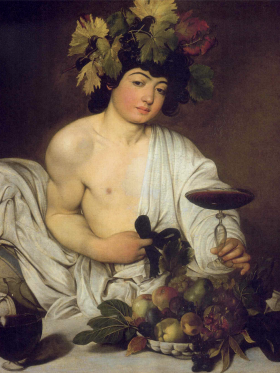
There are countless discourses today about food and everything that revolves around it. A quintessential anthropological object enshrined in the expression ‘we are what we eat’, food has become a matter of great cultural and social importance that is studied at the highest level and given prominence in the media and publishing industry.
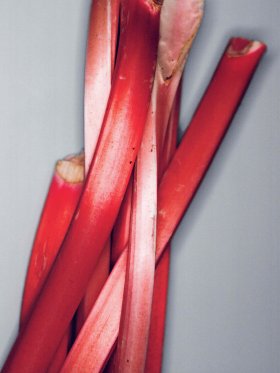
Interviewed by the journalist Alexandra Prado Coelho, the Brazilian sociologist Carlos Alberto Dória examines the phenomenon of the media’s elevation of food to the status of spectacle, a process which has turned chefs into the ‘stars’ of this world dominated by the codes of distinction that everyone aspires to. He also discusses the symbolic creation of ‘national dishes’ determined by historical, cultural and ideological factors.
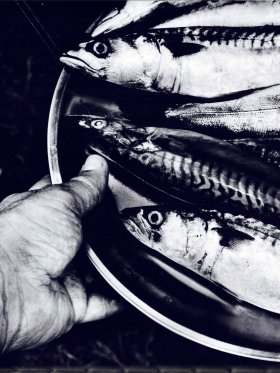
We are what we eat. This premise, which establishes a relationship of equivalence between identity and food, is the essential starting point for Christopher Kissane’s historical, cultural and anthropological research. Kissane, author of Food, Religion & Communities in Early Modern Europe, was named as a ‘New Generation Thinker’ by the BBC in 2016. In this article, he examines the history of food in Europe and how it intertwines with its political history.
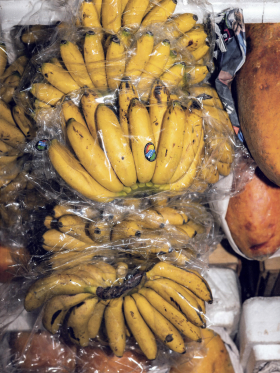
In this article, Alexandra Prado Coelho, a journalist who specialises in food and gastronomy, raises the issue of ethics in food and the axiological values we project onto what we eat, such as white and brown bread. She also reveals how these values change and are inverted over time and become interlinked with cultural and social codes.

The French historian Patrick Rambourg, author of Histoire de la cuisine et de la gastronomie françaises (2010), describes the creation of the restaurant in the 18th century and its evolution. This Parisian institution, which has been exported all around the world, is suffused with the gastronomic mystique of Paris and constitutes a place of refined social interaction and conviviality.
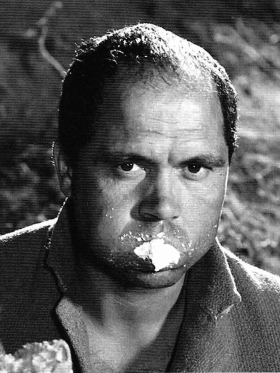
The philosopher and cultural historian Thomas Macho – a professor at Humboldt University of Berlin and director of a research centre on cultural sciences at the University of Linz in Austria – examines an issue that runs through Pasolini’s cinematic oeuvre: the relationship between the criticism of power and the metabolic logic of consumer society, with its representations of food and hunger.
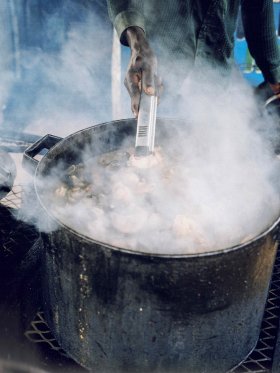
An architect and author of influential essays on cities and food – and the supply of food to cities – Carolyn Steel has developed a significant theory around the concept of ‘Sitopia’, i.e. the world as a place shaped by food. At the heart of her analysis is the contemporary presumption of cheap food produced by an agrifood industry that is putting the future of life on Earth at risk.

The American writer and journalist Lisa Abend, who regularly writes about food for Time magazine, looks at the role of chefs and discusses how, since the 1990s, they have developed into stars, celebrities and heroes with a cultural and political status that goes far beyond their role in the kitchen.

We are what we eat. This premise, which establishes a relationship of equivalence between identity and food, is the essential starting point for Christopher Kissane’s historical, cultural and anthropological research. Kissane, author of Food, Religion & Communities in Early Modern Europe, was named as a ‘New Generation Thinker’ by the BBC in 2016. In this article, he examines the history of food in Europe and how it intertwines with its political history.
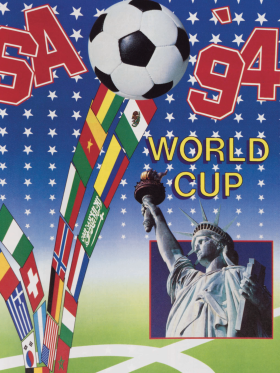
Football stirs up such passion in so many people that some have called the phenomenon ‘football fever’. This sport, which has taken over from all others and conquered the world, deserves to be regarded from an analytical and critical point of view, without any empty, unnecessary ‘fevers’. Football today is a very powerful, complex ‘system’ that goes far beyond stadiums and championships and has invaded our everyday lives, even if we are not actually fans. Football is so expansive and plays such an important role in daily routine that it has far overflowed stadiums. It attracts political power and has an extreme, exaggerated crystallising effect on manifestations of economic and media power. It is a world of heroes and cults that are mostly ephemeral and subject to money circulation laws. Glory generally runs fast here and stops for no-one. The anthropological significance of football as a show, a competition and a ritual is a challenge that requires intricate analysis.
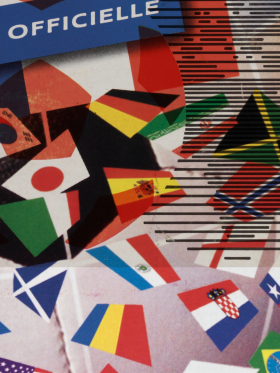
Any political history of football is bound to be full of memorable events, geopolitical contingencies and ideological manifestations, and of names and personalities that have become cult figures, full of aspirations and world visions. This is the core of what the historian José Neves writes about.
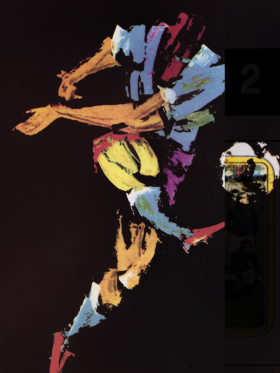
The ambassador and historian Bernardo Futscher Pereira writes a testimony about his initiation into football, the pleasure of playing, and his adult passion as a spectator, remembering a world populated by heroes.

Author of a PhD thesis, at the University of São Paulo, on the election of João Havelange as FIFA president, in 1974, Luiz Guilherme Burlamaqui knows this institution well. In this article, he traces a brief history of the transformations the institution has seen throughout its history.
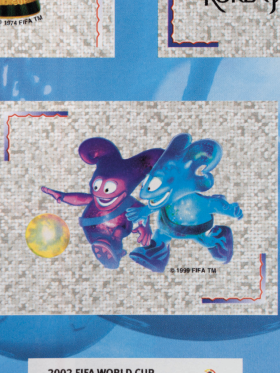
Football has become a social reality of our time. You may never have set foot in a stadium or kept up to date with match results or league rankings. You may know the names of only a few players – those that you cannot ignore – and you may be underwhelmed by the spectacular brilliance of their universal presence. Even so, you cannot imagine a public space without football, because it is everywhere, all the time. There are even those who regard it as an infection that spreads throughout the body of society or believe it to be a new, equally alienating ‘opium of the people’.
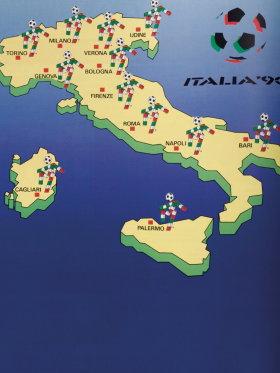
Marc Perelman, professor at Paris-Nanterre University, is the author of an extensive bibliography about what he describes as a ‘barbaric sport’ and the way it extends beyond the stadiums. Le football, une peste émotionnelle (2006), written with the sociologist Jean-Marie Brohm, is one of his most famous books. In this article, he analyses and criticises football as an organised institution, as well as the benevolent blindness of intellectuals regarding this sport.
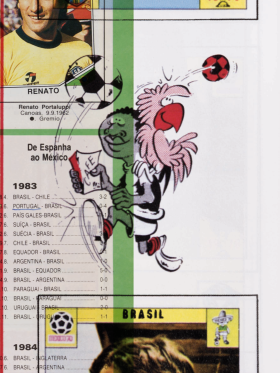
Written by a renowned sport sociologist and consultant to several institutions, such as the Football Museum, in São Paulo, this article examines the social-racial divide between various Brazilian football teams. Overviewing several aspects of the mythology of football in Brazil, José Paulo Florenzano focuses specifically on the case of Garrincha, the ‘bow-legged angel’.
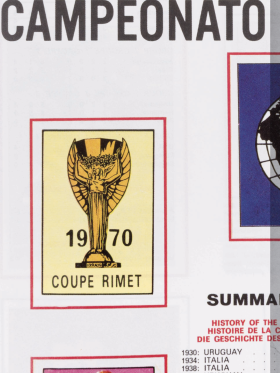
In this article, the sociologist João Sedas Nunes, professor at the Faculty of Social Sciences and Humanities of the University of Lisbon, focuses on a new category of football supporters, whom he calls ‘post-supporters’, who make use of the principles of irony and critical detachment. For this reason, they no longer fit into the old model, where passion, and even fanaticism, for a club ruled.
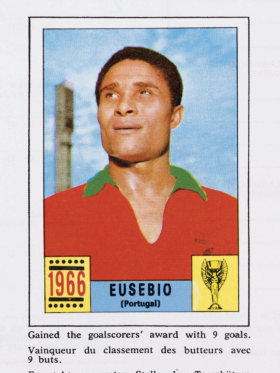
Marcos Cardão, historian and researcher of mass and popular culture phenomena, writes about the significance of the National Pantheon honours granted to Eusébio, one year after his death, which immortalised him in this temple of national memory.

Football has become a social reality of our time. You may never have set foot in a stadium or kept up to date with match results or league rankings. You may know the names of only a few players – those that you cannot ignore – and you may be underwhelmed by the spectacular brilliance of their universal presence. Even so, you cannot imagine a public space without football, because it is everywhere, all the time. There are even those who regard it as an infection that spreads throughout the body of society or believe it to be a new, equally alienating ‘opium of the people’.

Marc Perelman, professor at Paris-Nanterre University, is the author of an extensive bibliography about what he describes as a ‘barbaric sport’ and the way it extends beyond the stadiums. Le football, une peste émotionnelle (2006), written with the sociologist Jean-Marie Brohm, is one of his most famous books. In this article, he analyses and criticises football as an organised institution, as well as the benevolent blindness of intellectuals regarding this sport.
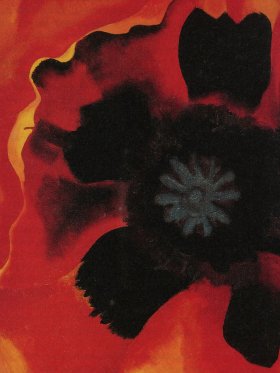
Young ideals were one of the driving forces behind the social, cultural and political history of the 20th century. These days, there is no longer a place for the ideals that were once a young people’s prerogative. What has triumphed today is youth as an ideal and aspiration, i.e. young style and its culture. This desire, which has ceased to belong to an age-group, and the difficulties of access to full adulthood have rendered the borders between generational categories more fluid and opened up an injustice between generations. Many of the privileges that adults enjoyed no longer exist for the younger generation. The very large share that the idea of youth holds in the social and aesthetic market does not correspond to young people’s actual situation. In some ways, they are a robbed generation and, on the other, only they are fit to keep up with the times, which have been accelerating at breakneck speed. This dossier covers these issues.

The writer recounts the experience of youth in a place that, in his view, is ‘Lisbon’s last suburb’. It is told in the first person and filtered through eyes that have meanwhile acquired the language and analytical tools needed to understand the hatred and cruel laws of a world – ours – full of borders and demarcated territories. It is of paradigmatic value here.

This testimony of a young high-school teacher on the outskirts of Paris speaks of a highly optimistic relationship with students that have been labelled problematic. Going against the most persistent stereotypes, she reveals how, unexpectedly, the students believe in the Republican values on which French schools are founded.
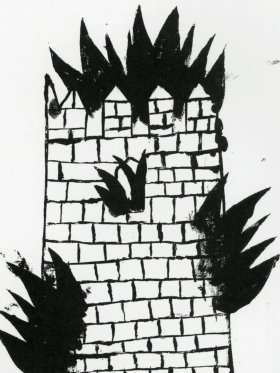
Pasolini had a difficult theoretical and political intellectual relationship with the students that were involved in riots and uprisings in 1968. Here, Vinícius Nicastro Honesko, a lecturer at Universidade Federal do Paraná and author of Pier Paolo Pasolini: Estudos Sobre a Figura do Intelectual, writes about the effects on Pasolini’s thinking of the idea behind his redefinition of a student. This idea was that young people were now denied the opportunity of a ‘revolutionary experience’.

On the basis of two films, the teacher, who is also (or especially) a poet and renowned translator, reflects on his experience of dealing with school-age youngsters. He takes the stage in a clear-sighted relationship with the ‘restless’ characters of students going through the different stages of a sinuous ‘mental path’.
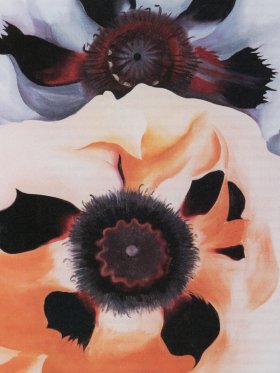
‘Adolescence’ is a psycho-sociological category that appeared in the early 20th century and provided America and Europe with projections of wellbeing, education and progress. As a result, young people gained an important status. They became the subject of a new culture whose history is recounted in this article by Jon Savage, a British journalist and music critic. He is also the author of Teenage: The Prehistory of Youth Culture: 1875–1945 and Teenage: The Creation of Youth Culture, as well as other books about pop and punk-rock music and culture, including a history of the Sex Pistols.

The modern obsession with the stages of life has not only produced ‘youth’, with its representations and its myths, but also old age. This article deals with a movie of life, very much to the taste of totalitarianisms, writes José Bragança de Miranda, with a critical eye trained to decipher the hieroglyphs of the present and its manifestations.
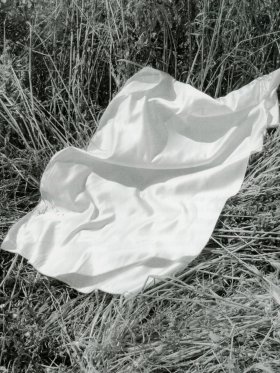
The Italian philosopher Remo Bodei is currently a professor at the University of California, Los Angeles. He is the author of a vast oeuvre, which includes a book entitled Generazioni (2014). In it, he points out that our history has been marked by a generational fracture. He insists that, as a result, we must accept responsibility with regard to the younger generation, on various levels, at a time fraught with uncertainties about the future.
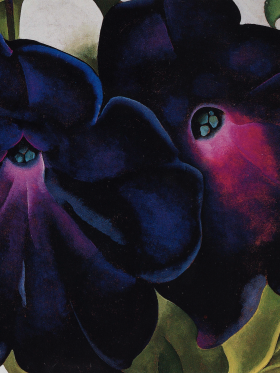
Five young people from different backgrounds with different experiences in work and as students talk about themselves and the world on the basis of their own observations. They describe atmospheres and environments and show us some of the affective shades of our age. They also ask to be heard freely and attentively.

Youth as a sociological category is a 20th-century invention. Its political significance has been extremely important at certain times (e.g. May 68). Now that this political significance has gone, what is the social and political significance of youth today? The answer in this opening article is that youth has been absorbed by the bio-political mechanisms that govern their bodies and their performance.
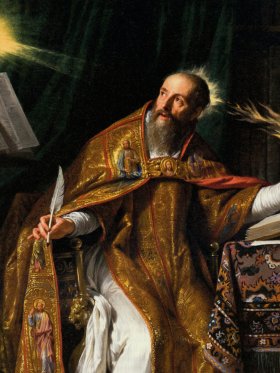
The long-awaited publication of the fourth volume of Michel Foucault’s History of Sexuality adds a new issue to those already existing: the theological debates on sex in the first centuries of Christianity. Art historian and literary critic João Oliveira Duarte highlights the importance that Foucault lent to the idea of desire and the object of desire in Christian questions about sexuality.